Farm economy thrives in Bac Giang
BAC GIANG – In recent years, the farm economy in the province has been thriving, making significant contributions to improving the productivity, quality, and competitiveness of agricultural products as well as accelerating the crop and livestock transformation and the application of science and technology. Many farm owners in the province now earn billions of VND annually, creating jobs for a large number of workers.
Tan Yen district boasts the largest number of farms in the province, with nearly 200 farms in various sectors, including crop cultivation, livestock, aquaculture, and mixed agriculture.
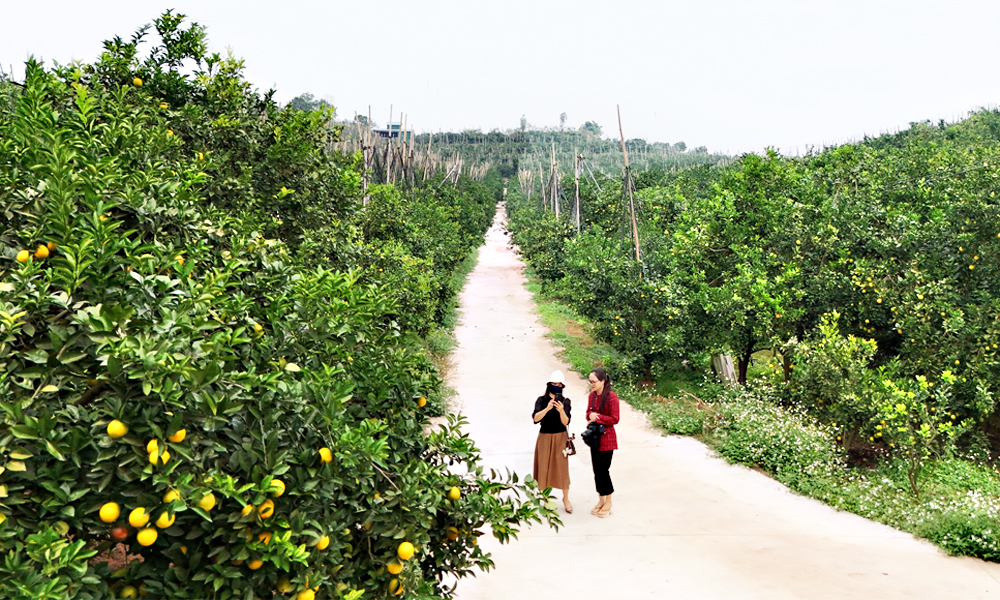 |
|
The orange farm of Trinh Su Hoa's family in Kien Lao commune (Chu township) boasts annual revenue of 9-10 billion VND. |
Specifically, Viet Lap commune has 25 certified farms, each generating annual revenue between 1-3 billion VND (39,572- 118,718 USD).
The commune has gradually formed concentrated fruit-growing areas, such as pomelo, guava, late-ripening longan, and star apple, which yield income of 200-250 million VND per hectare in villages like Um Ngo, Nguyen, Dong Sen, Van Mieu, and Trong Giua.
Among them, two models have adopted automatic drip irrigation technology for their pomelo—one at Nguyen Viet Tung's farm in Trong Giua village (1 hectare) and the other at Nguyen Van Thanh's farm in Ly village (1.5 hectares). Additionally, Viet Lap also has areas for pig and poultry farming combined with aquaculture in several villages.
Luc Nam district currently has 106 farms, including 10 crop farms, 77 livestock farms, four aquaculture farms, six forestry farms, and nine mixed farms.
According to Le Thanh Liem, head of the district Division of Agriculture and Rural Development, the number of farms is on the rise, while that of household farms is gradually decreasing.
Farm owners have developed a mindset of large-scale agricultural production tied to market demands, investing in closed barns with cooling systems, automatic feeders and water dispensers, and waste treatment systems using biogas tanks and microbial products, alongside biosecurity protocols. Notably, many farms follow organic VietGAP, and GlobalGAP processes.
In addition, several farms in the province are applying advanced production processes with high economic efficiency, establishing product consumption links and providing employment to many workers.
Notable examples include the fruit farm of Luu Van Sang's family in Quy Son commune (Chu township), with annual revenue of 3-5 billion VND; the large timber forest farms of Nguyen Van Doan's family in Tan Lap commune and Hoang Van Thang's family in Deo Gia commune (Luc Ngan district) with revenue of 6-8 billion VND after a 5-year planting cycle; the orange farm of Trinh Su Hoa's family in Kien Lao commune (Chu township), generating 9-10 billion VND annually; and the grapefruit farm combined with ecotourism of Nguyen Van Huu's family in Thanh Hai ward (Chu township), bringing in 6-7 billion VND annually.
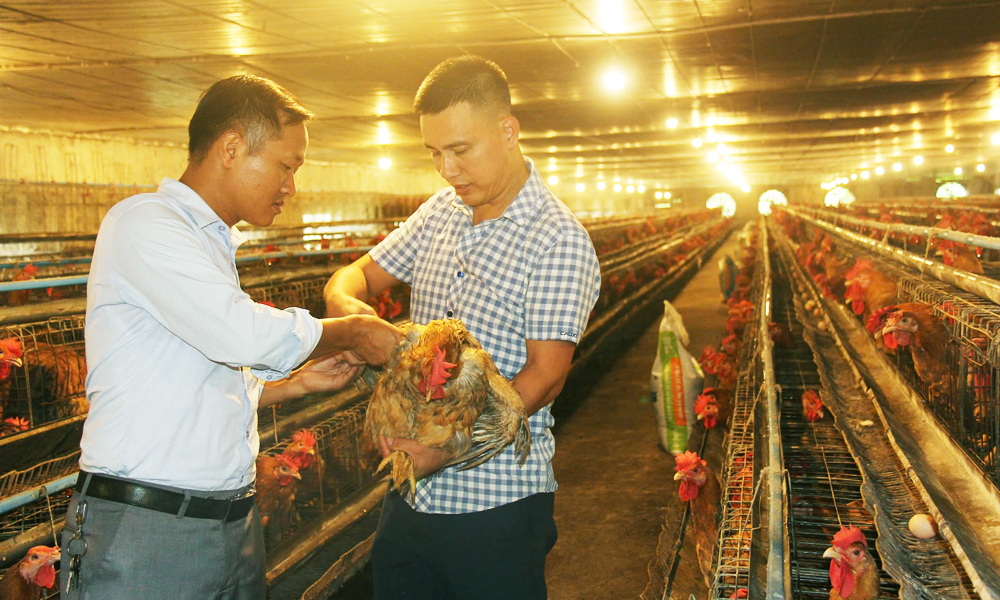 |
|
The egg-laying chicken farm of Nguyen Tien Manh’s family in Tam Tien commune (Yen The district). |
According to local authorities, Bac Giang currently has 586 farms that meet the criteria of the Ministry of Agriculture and Rural Development. Additionally, the province is home to 885 households raising specialty animals such as turtles, geckos, civet cats, bamboo rats, giant snakehead fish, sturgeon, porcupines, wild boars, and wild ducks, all yielding high economic returns.
Farm owners are increasingly applying technological advancements in production, such as building net houses, greenhouses, and irrigation systems; mechanising soil preparation, planting, and harvesting; storing products in cold warehouses; and using new varieties, biological fertilizers and plant protection products.
Moreover, many models of organic and circular farming integrated with ecotourism are emerging. Currently, the total area of net houses and greenhouses in the province exceeds 360,000 square meters.
 Bắc giang
Bắc giang

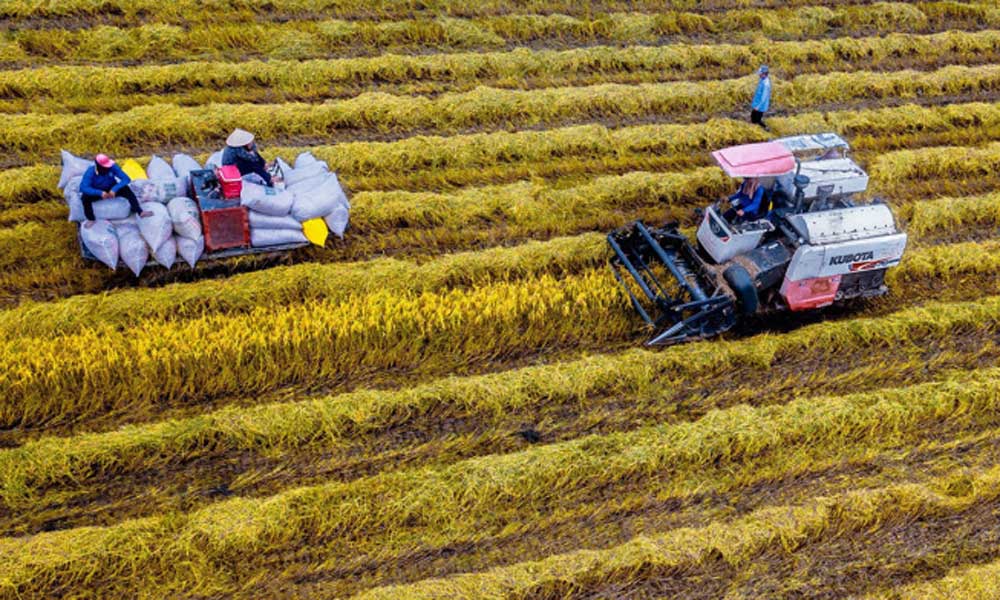
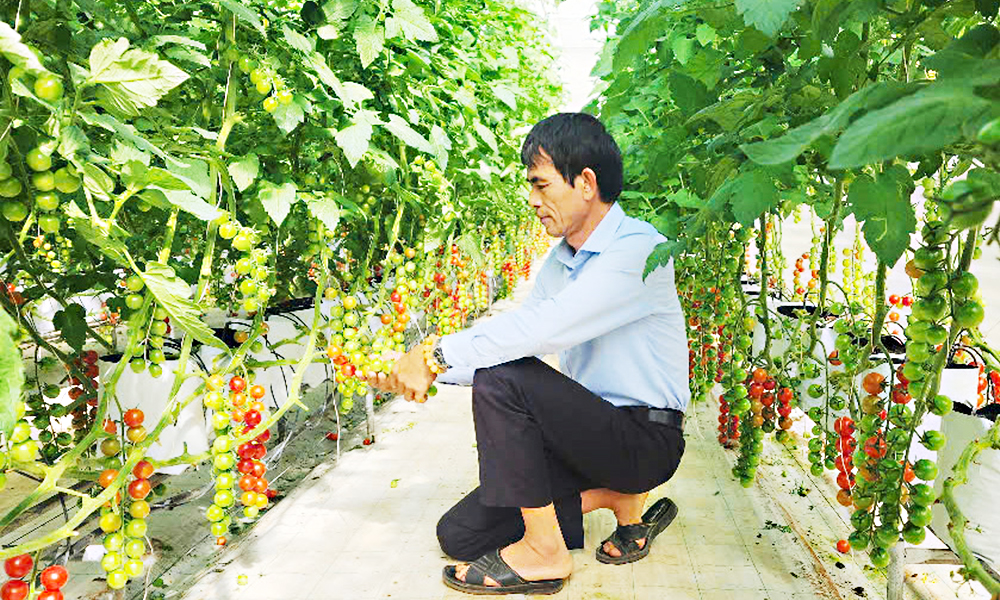
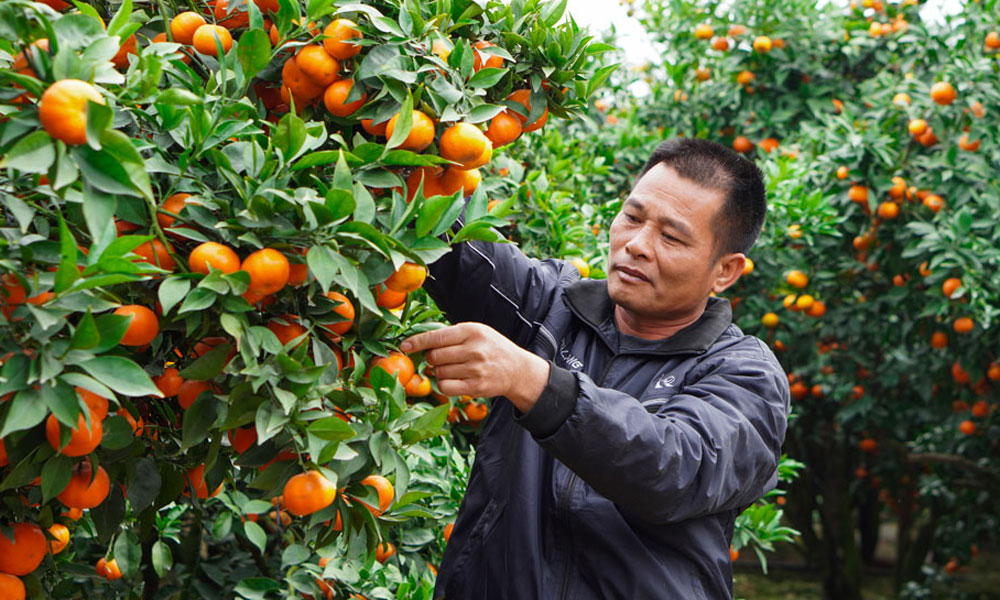

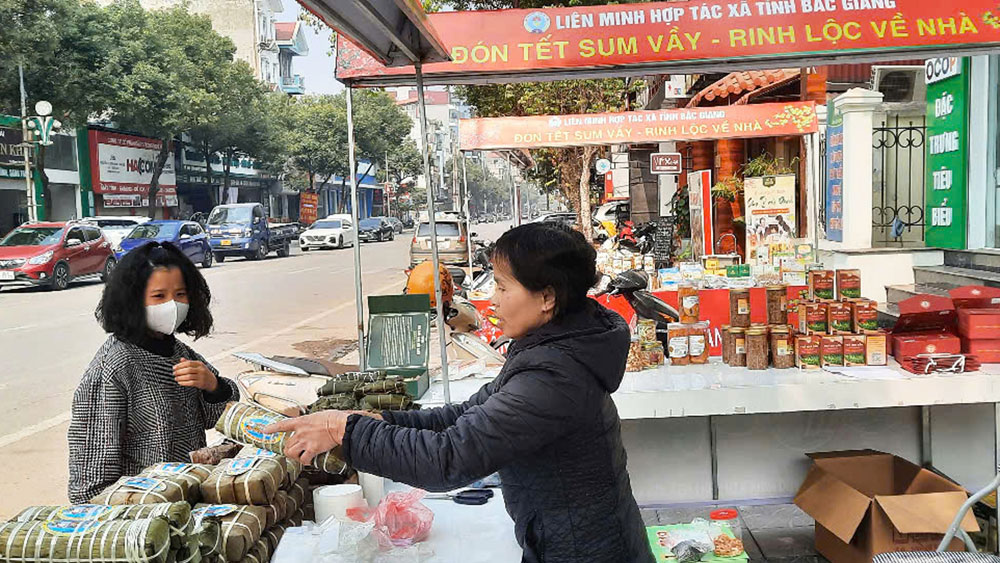

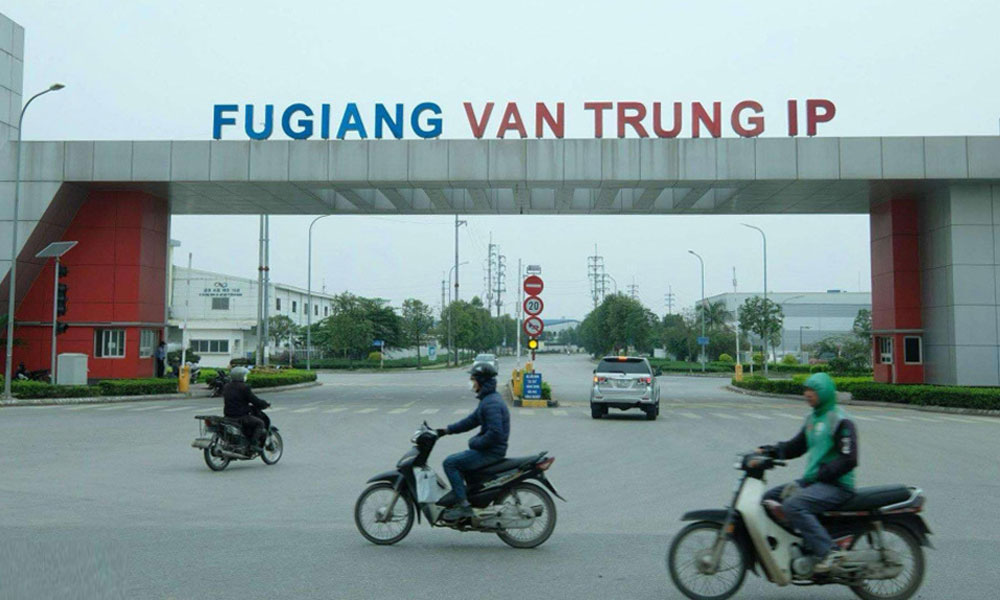

Reader's comments (0)